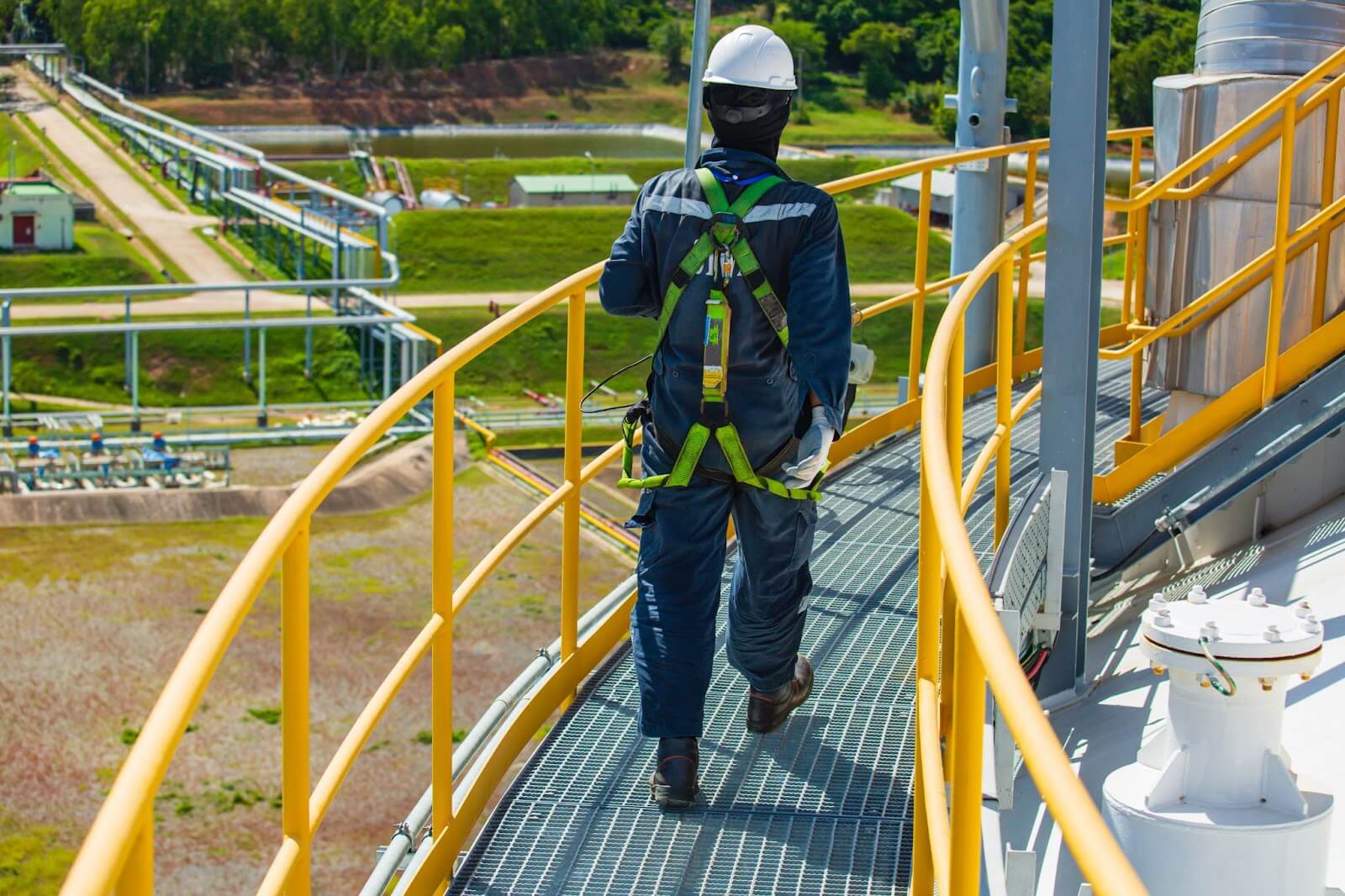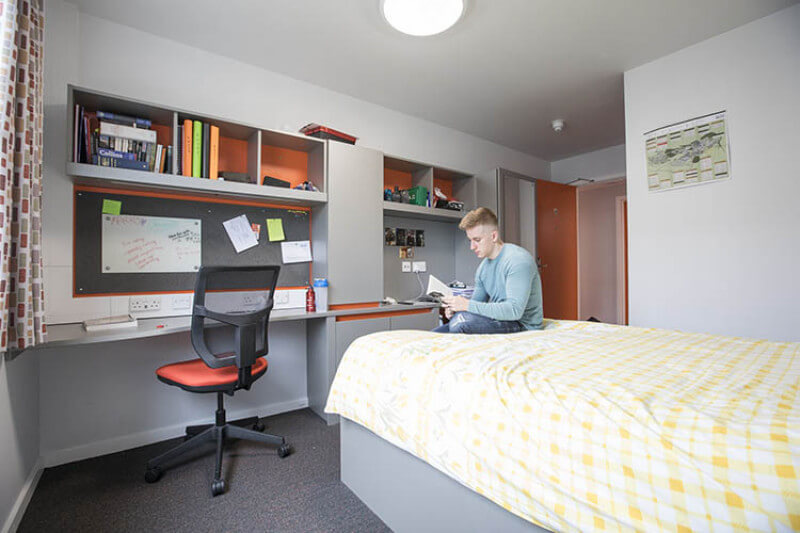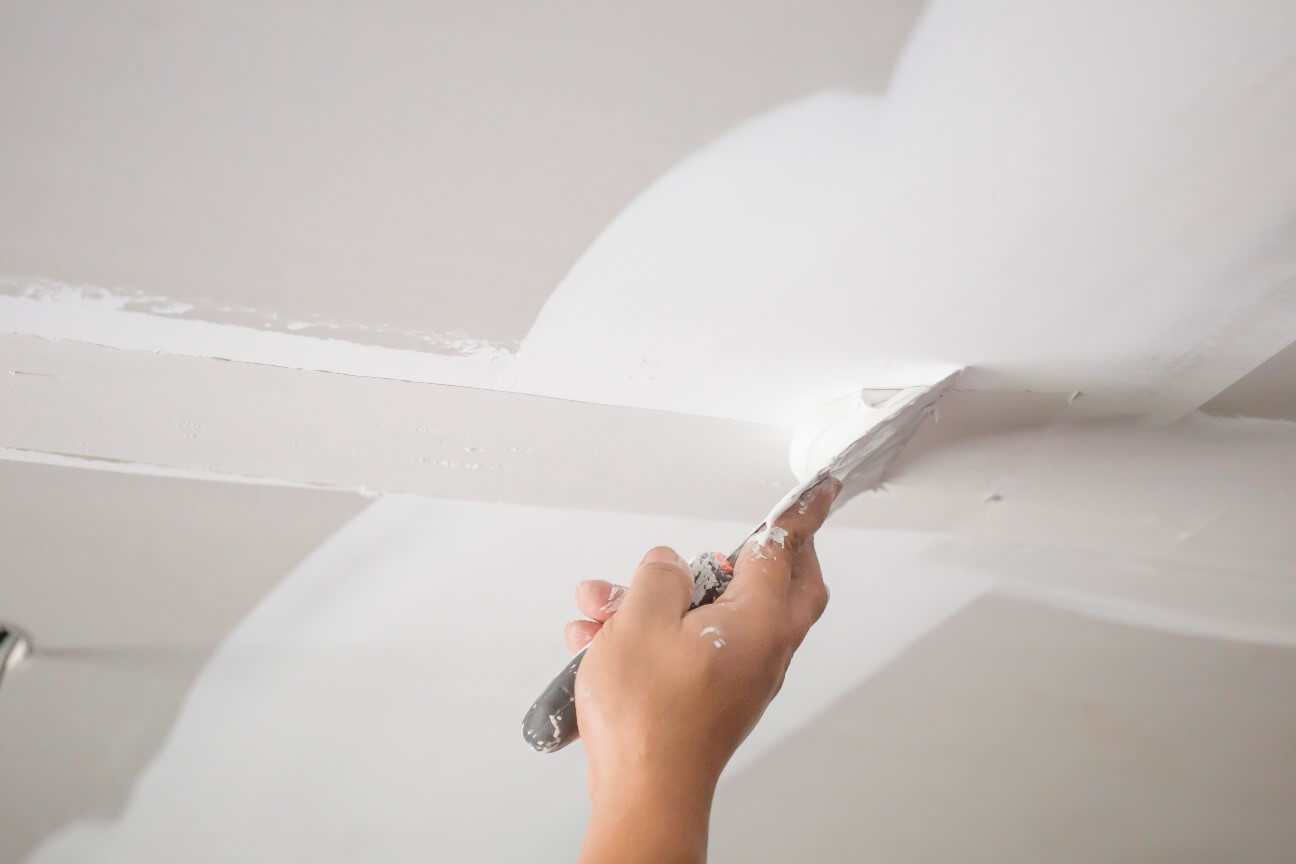Glass Reinforced Plastic (GRP) handrails have emerged as a preferred choice in various industries due to their versatility, durability, and safety features. From industrial settings to commercial complexes and public infrastructure, GRP handrails play a crucial role in enhancing safety, accessibility, and structural integrity. Here’s a closer look at how GRP handrails are utilised across different industries:
1. Industrial Sector
In industrial environments, safety is paramount. GRP handrails are extensively used in factories, warehouses, and manufacturing plants to provide reliable support and protection for workers. Their resistance to corrosion, chemicals, and extreme temperatures makes them ideal for harsh industrial conditions. GRP handrails help prevent slips and falls, providing stable handholds on stairs, walkways, and platforms. They are also used alongside machinery and equipment to ensure safe operation and compliance with workplace safety regulations.
2. Commercial Buildings
GRP handrails are a common sight in commercial buildings such as offices, shopping centres, and hotels. Their aesthetic versatility allows architects and designers to integrate them seamlessly into the building’s interior and exterior design. In public areas, GRP handrails provide guidance and support for visitors, enhancing accessibility and safety. Their low maintenance requirements make them a cost-effective choice for property managers and facility owners looking to maintain a safe environment for occupants.
3. Transportation Infrastructure
GRP handrails play a vital role in transportation infrastructure, including airports, train stations, and bus terminals. They guide passengers along platforms and stairs, ensuring safe movement in high-traffic areas. The durability of GRP handrails withstand constant use and exposure to weather conditions, making them suitable for both indoor and outdoor applications. In railway stations, GRP handrails contribute to passenger safety by providing stable support during boarding and alighting.
4. Marine and Offshore Installations
In maritime industries, GRP handrails are used on ships, offshore platforms, and docks. Their resistance to saltwater corrosion and UV radiation makes them ideal for marine environments. GRP handrails provide essential safety measures for crew members and passengers navigating decks and gangways. They are lightweight yet sturdy, making installation and maintenance easier in offshore installations where access may be challenging.
5. Sports and Leisure Facilities
GRP handrails are incorporated into sports complexes, stadiums, and leisure facilities to ensure the safety of athletes, spectators, and visitors. They line staircases, ramps, and seating areas, offering support and guidance in crowded venues. The non-conductive properties of GRP handrails make them suitable for outdoor facilities exposed to varying weather conditions. Their customisable designs contribute to the aesthetic appeal of sports venues while meeting safety standards.
6. Residential and Healthcare Settings
In residential and healthcare settings, GRP handrails enhance accessibility and safety for elderly residents and individuals with mobility challenges. They are installed in nursing homes, assisted living facilities, and hospitals to assist patients and residents in navigating corridors, bathrooms, and staircases safely. GRP handrails’ slip-resistant surfaces and ergonomic designs promote independence and reduce the risk of accidents, contributing to a comfortable living environment.
Real-World Examples
- Oil and Gas Industry: Offshore oil rigs utilise GRP handrails due to their durability and corrosion resistance in marine environments.
- Airport Terminals: Airports use GRP handrails on escalators and walkways to guide passengers safely through terminals.
- Shopping Malls: Shopping centres install GRP handrails on escalators and staircases to ensure visitor safety and accessibility.
- Hospital Settings: Hospitals incorporate GRP handrails in patient rooms and corridors to assist patients and medical staff.
Conclusion
GRP handrails are integral to enhancing safety, accessibility, and structural integrity across a wide range of industries. Their durable construction, resistance to environmental factors, low maintenance requirements, and aesthetic versatility make them a preferred choice for architects, designers, facility managers, and safety professionals alike. As industries continue to prioritise safety and efficiency, the utilisation of GRP handrails is expected to expand, providing reliable solutions that support operational excellence and ensure the well-being of workers, visitors, and residents alike.







